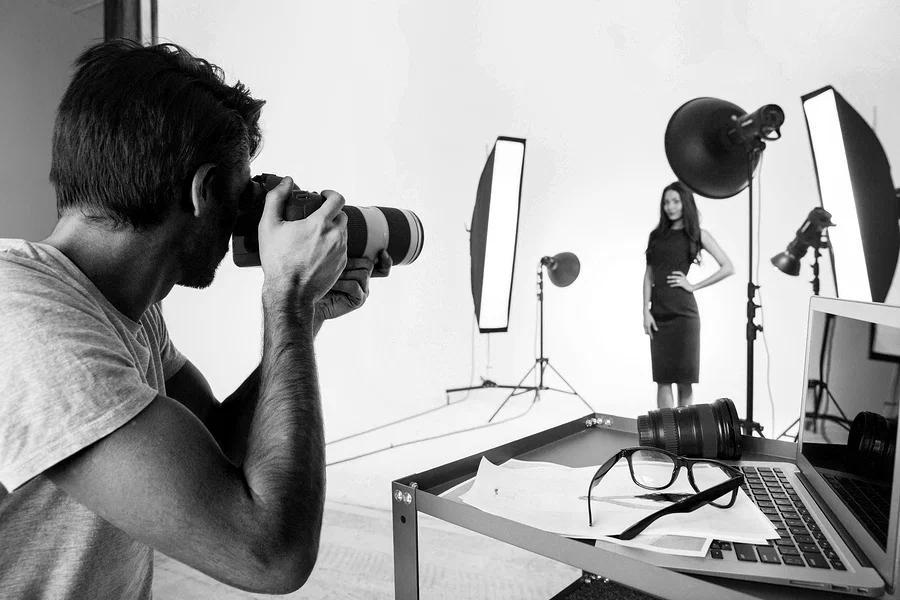An Introduction to Photogrammetry Services: Mapping the World in 3D

Photogrammetry is the science, technology, and art of getting reliable information about physical objects and the environment through recording, measuring, and interpreting photographic images and patterns of electromagnetic radiant imagery and other phenomena.
From archaeological preservation to urban planning in places like Los Angeles, this ground-breaking technology has completely changed how we capture and understand the world around us.
The Beginnings of Modern Photogrammetry
The transition from conventional survey techniques to digital photogrammetry signifies a noteworthy advancement in the gathering of spatial data. In order to produce accurate 3D models, modern photogrammetry services in Los Angeles combine high-resolution imagery, powerful computing, and complex algorithms. This technology has proven essential to urban development in large cities, enabling planners and architects to see and analyze cityscapes with previously unheard-of detail. Drone integration has further transformed how we capture aerial imagery, increasing the affordability and accessibility of photogrammetric surveys.
Applications Across Industries
Due to its adaptability, photogrammetry is used in many different fields. It makes precise progress tracking and as-built documentation possible in the building industry. While real estate developers use this technology to create immersive virtual property tours, archaeology teams utilize it to digitally preserve historic sites. Additionally, the technology plays vital functions in:
- Mining and quarry volume calculations
- Architecture and heritage preservation
- Environmental monitoring
- Accident scene reconstruction
- Film and video game production
- Infrastructure inspection
- Topographic mapping
The Process and Technology Behind Photogrammetry
The process of photogrammetric services involves several key steps, beginning with capturing overlapping images from various angles. After that, advanced software finds similarities among these pictures to produce a point cloud that serves as the foundation for the 3D model. Dense Image Matching is combined with this method, called Structure from Motion (SfM), to produce detailed surface models. The finished product may consist of:
- Textured 3D meshes
- Orthomosaic maps
- Digital elevation models
- Point clouds
- Precise measurements
Quality Factors and Best Practices
Successful photogrammetry projects rely on a number of important aspects. Image quality and appropriate overlap are fundamentally important, which usually demand 60–80% forward overlap and 30–60% side overlap. The outcome depends on a number of other factors, such as flight planning (for aerial surveys), camera settings, and environmental conditions.
Expert photogrammetry services in Los Angeles guarantee:
- Proper camera calibration
- Optimal lighting conditions
- Accurate ground control points
- Right image resolution
- Systematic capture patterns
- Quality control
Future Trends and Innovations
With the development of technology, photogrammetry continues to evolve. AI and machine learning are improving automatic feature detection and classification. Rapid 3D model production in the field is now possible because of growing real-time processing capabilities.
Some of the other new trends are:
- Integration with BIM (Building Information Modeling)
- Mobile mapping
- Cloud-based processing
- Enhanced automation capabilities
- Higher-resolution sensors
- Multi-spectral imaging integration
- Advanced visualization tools
Bottom Line
We’re just starting to discover the potential uses for photogrammetry, which promises even more accuracy and efficiency in the future. Accurate 3D representations of the world will become more and more important as technology develops for planning, preservation, and advancement in all industries.
Recent Posts
- The Importance of Aerial Photography in Construction Progress Monitoring
- Do Your Real Estate Listings Underperform? Here is Why Aerial Photography in Los Angeles is the Solution
- Should You Add a Drone to Your Wedding Photography Package?
- Why Are Businesses Choosing Aerial Coverage?
- How Much Does Drone Photography Cost in LA?
- How Businesses Elevate Their Story With Aerial Visuals?
